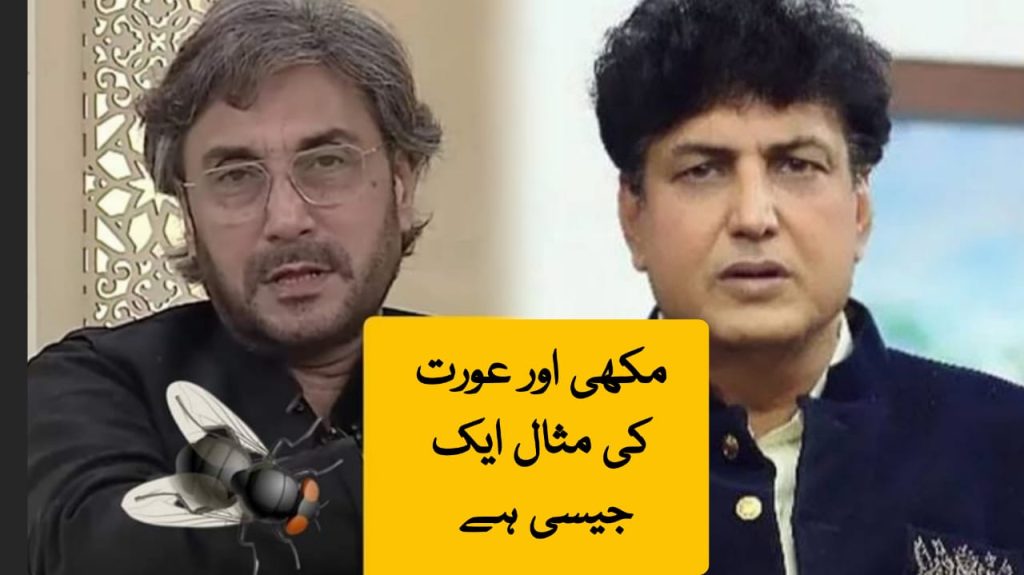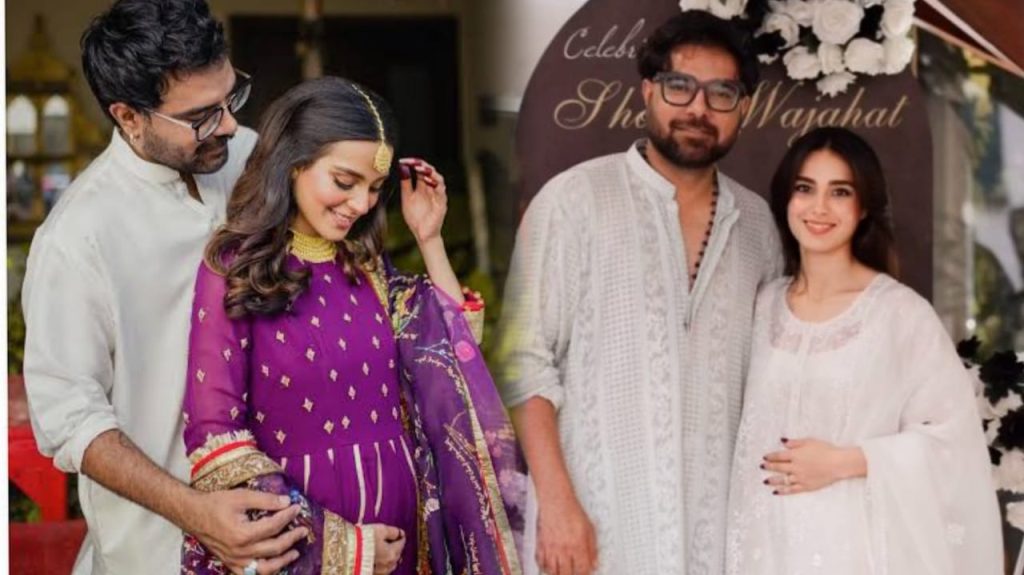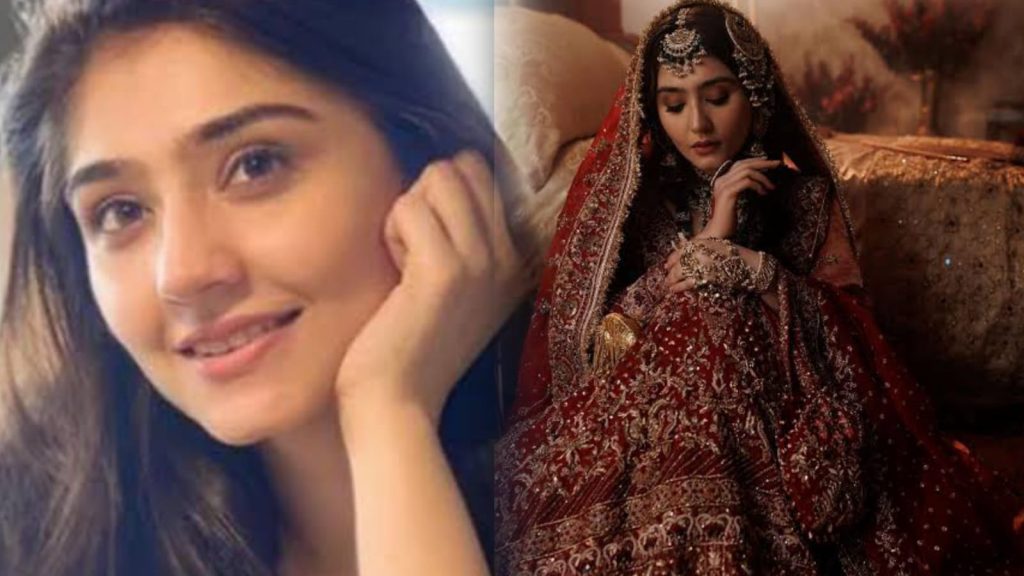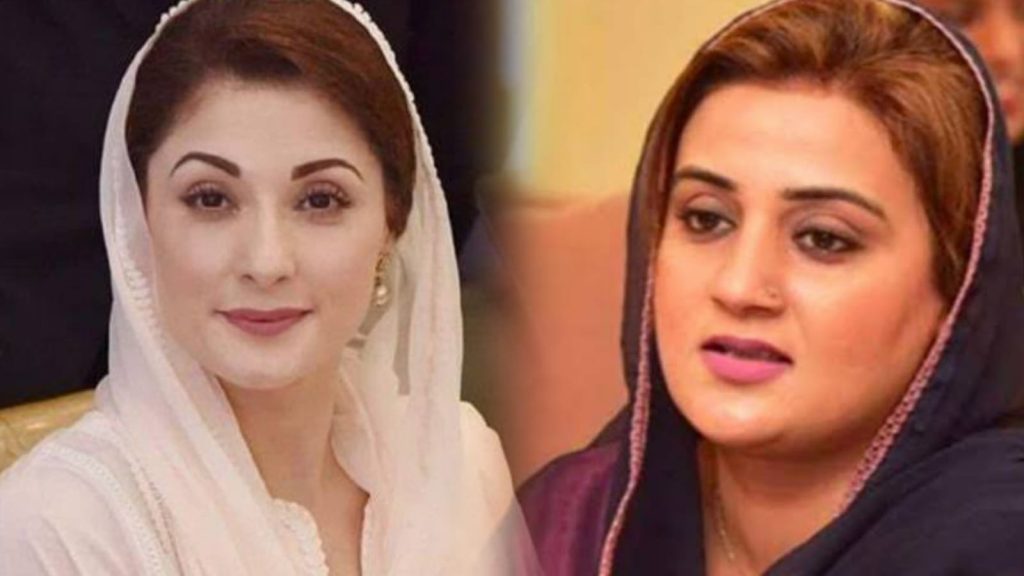Sarmad Khoosat is one of the finest directors and writers in our industry. With his insane amount of knowledge and experience no doubt he delivered some of the greatest hits.
Being in the industry for more than a decade, his vision to create something different that grabs the audience’s attention always makes everyone surprised.
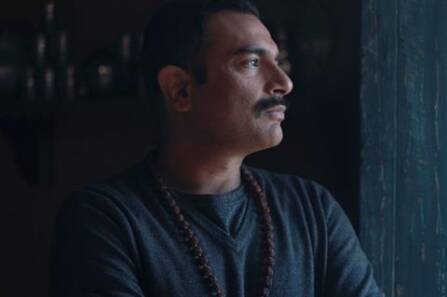


His ultimate rise from the popular drama serial Humsafar was a blessing for him because that drama didn’t only make him one of the best directors, but also the stars of the drama also touched his success.
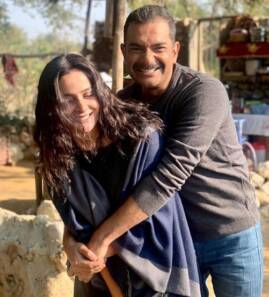


With some controversial titles in his previous projects, he’s back with the strong cast and in his recent interview, he disclosed everything about Kamli.
Yes! Kamli his new project starring the two most popular actresses Saba Qamar and Sania Saeed.
Sarmad Khoosat openly talks about his movie Kamli
While enjoying the Canes and appreciating Pakistani featured film Joyland with great pleasure. He also took out some time for an interview where he gave some insights about Kamli, storyline, characters, etc.
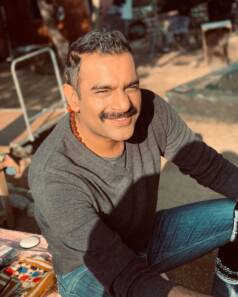


If you don’t know after Humsafar Sarmad Khoosat took a big break from the TV industry and he also shared the reason. “We want to tell stories. And the purpose of taking a break from television, after so many years, was to try to make this small company [Khoosat Films] where we could tell stories with some independence.”
Related to the story, Sarmad disclosed very few details although people have got some kind of idea when they saw the teaser of the film. Sarmad revealed that he’s not interested in releasing another trailer, he believes that “telling too much will give away the mystery associated with the film.”
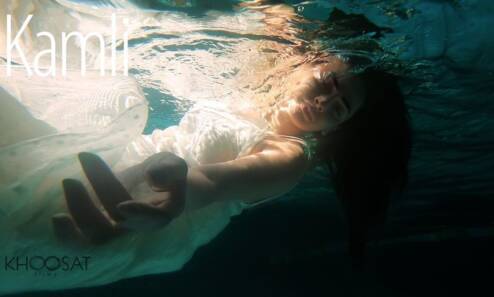


Sarmad originally acquired the story rights for Kamli from a film student who made a short film on the subject. It was rewritten, draft after draft, by Fatima Sattar an NCA graduate who also did the color grading with Sarmad Khoosat. Even Sarmad shared that he somehow helped her in the story writing and gave structural insights in the narrative where needed.
The story in one-liner
Sarmad Khoosat described the story to the interview in one line. He said, “It’s a story of love lost and cloaked secrets,”
No doubt, people loved the teaser and appreciated the mysterious showcase of the film with zero dialogue. “If mystery is about a story unfolding in unpredictable ways, then sure, this is a mystery — but it’s not a murder-thriller or a horror mystery,” he says.



“I don’t want to call it ‘psychological’ either because everything is psychological, to begin with. Also, when you load a film with these [preconceived notions], then people end up expecting a lot of twisted stuff.”
When an interviewer asked why contexts of narratives should be intellectually stimulating (as you will notice in the review in this issue).
“What stories should not evolve? It would be such a tragedy and travesty when something only ends up being an extension of a pre-existing formula,” Sarmad says.
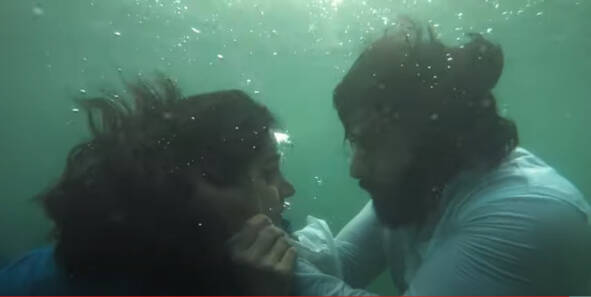


“We did have a clear-cut notion of borrowing all the components and ingredients of the idea of a mainstream film,” he adds nonetheless.
Commercial or Non-Commercial
On one thing Sarmad resisted calling Kamli a commercial or non-commercial film. He even asked, who knows commerce right? “Films are being made with the intent of commerce and no commerce happens, and then some films are not made with the intent of not making any commerce, but commerce flows in,” he elaborates.
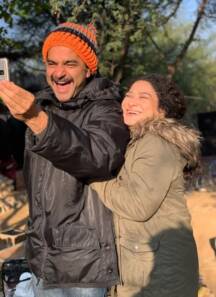


“So, let’s call the film mainstream — or rather a more familiar kind of storytelling — and, okay, let’s borrow the ingredients,” Sarmad says. “[If the audience] wants music, let’s give them that. They want a girl and a boy, they want beautiful locations, lyrical camerawork, good performances — sure, we’ll give all that…
“But how about we do not borrow the structure, not because we need to make a point but because we want to tell a story without the pressures of: ‘Oh, you need to do this, mold it a certain way’,” Sarmad says in an uninterrupted stream of impromptu thought.
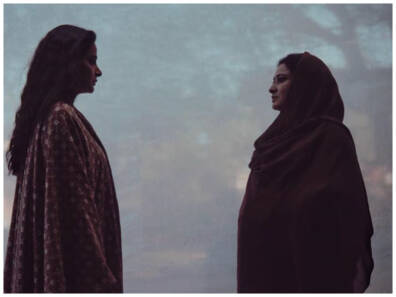


He takes a breath and adds, “Essentially, we’re making our recipe with all the same ingredients that are familiar to audiences when it comes to mainstream films.”
“Terms such as arthouse [are] reductive,” he says, echoing this writer’s long-held and oft-contested ideas about filmmaking.
“We’re prescribing the audience — not trusting them [to give the film a chance],” he says.
Characters are the strong string
According to the Sarmad, Kamli is all about characters he believes that characters should build a connection with the audience so they can feel the emotions and relate to them. “A film doesn’t need 500 dancers [or] visual effects where cities are blown away by the apocalypse or that scale of destruction,” he says.
“All we have to offer at the end of the day is a good story and performances, and some novelty about storytelling. That is why the story of a film, especially pre-release, should create intrigue — and that is what we tried to do, by giving the audience a teaser.”.
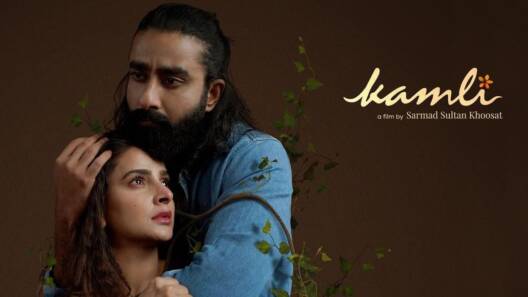


Sarmad then talked about the location of the film Soon Valley where the entire film was shot. “I’ve always had a weird sense of sadness with the terrain. These are brown, almost sad-looking mountains that have a serenity about them,” Sarmad says before going into the historical significance of the land. The area’s rich history includes Alexander the Great’s trek, Hindu temples, Sufi lores, and peacocks, he adds.
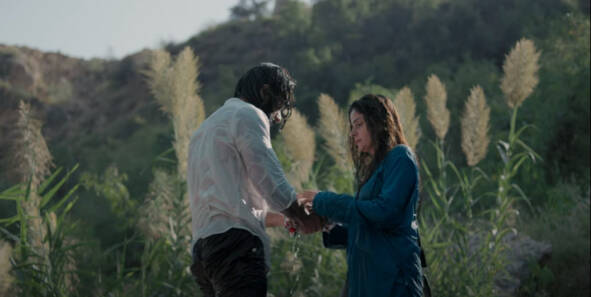


“The location lent itself beautifully as a character and set the tone of the film,” he said. “We were trying to explore some interpretation of magical realism,” he says, before interjecting himself.
“Now, when you think about magical realism, people would always be thinking: magic — jadoo hai kya — is it about jinns or ghosts? The location adds to the sense of surreal authenticity to the story, he tells me as he boards the plane that was inching to take off.
Entry of a mysterious wanderer
In this film, Hamza Khawaja, the debuting lead opposite Saba Qamar also joined the conversation and shared his own experience. Hamza said, he plays a “mysterious wanderer who is kind and soft-hearted, and yet has a certain darkness to him.”
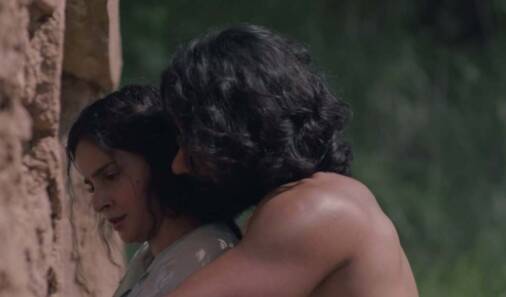


“There is a sort of mystery that revolves around him,” he kept on being cryptical. He put some light on his first audition, “When I first auditioned for the role of Amaltas, I didn’t get the role,” he says. He first auditioned in February and then was called in again in May before he bagged the part.
In 2019 the shooting of the film began; he did a lot of rehearsals which eventually helped him in improvising his enunciations in Urdu.
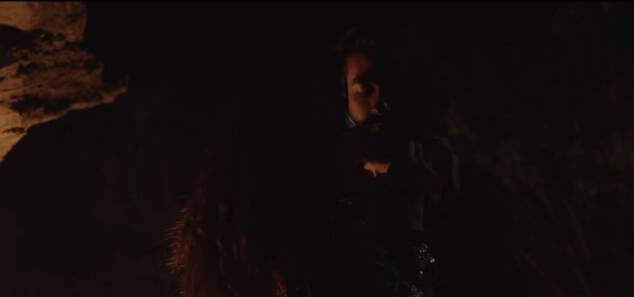


“Since this was my first role and I’ve always been a fan of method acting, seeing actors such as Robert DeNiro and Christian Bale living the roles, so I wanted to do something in that way,” Hamza says.
He calls Sarmad a great mentor and teacher who has “nailed everything to the point.”
Nimra’s Entry as Zeenat
Nimra Buccha was in London at that time and she took real time to call back. “Whenever Sarmad mentions casting me in his work, my first reaction is deep suspicion. I assume he’s going to give me the part no one else wants to do, and I resist and resist before I succumb,” Nimra laughs.
“Sarmad is smart,” she says. “He sold Zeenat to me by pitching her as an artist. Because we know each other well, we are aware of each other’s aspirations and half-dreams, and he knew this was mine and that I would love to do the groundwork for it.
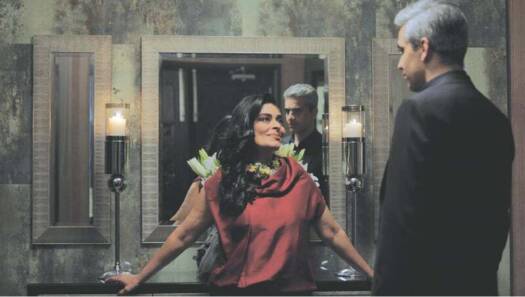


“I trained with the wonderful [visual artist] Madiha Hyder for a few months and it was lovely to muck about with paints again. By the time I arrived on set, I fancied myself an artist,” she laughs again.
“Zeenat is a slippery one, though. She is frighteningly intelligent and astute but also deeply afflicted by unhappiness,” she says.
“Acting is just one of those arts where it’s not just the sum of what you’re putting in. There need to be happy accidents along the way which make it all come together. Sarmad is good at catching those slippery moments and making them seem like they were meant to be there all along.”
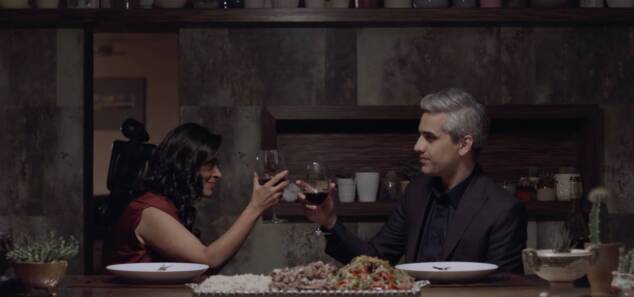


“I don’t like the word game-changer but Sarmad’s work has indeed been consistently evolving and exceeding expectations,” Nimra continues.
Nimra also shared, “there is work being produced and conceived by young people in art schools. People who are ambitious but have no money, who have grown up watching everything but themselves on the screen. Nimra believes that these individuals know that a story can be told in several ways. Many such artists are involved in the making of Kamli,” she says. “This is fresh blood. You can smell it.”
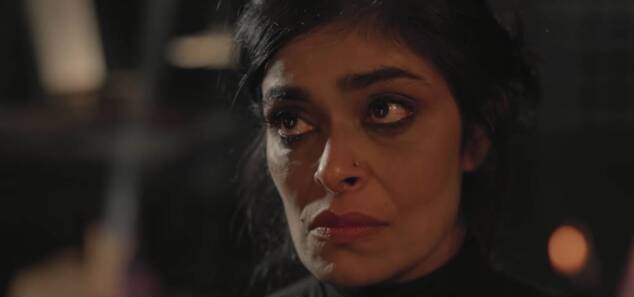


“You might think that Kamli is not your typical Pakistani film but then what is a typical Pakistani film?” she asks. “In television, we are used to being fed the familiar, and the familiar is comforting to us, but it’s not exciting. It’s not like watching a small but completely transformative moment happen on the big screen.”
“What is it that creates that magic?” Nimra muses. “How do we love? What do we desire? What have we forgotten? This is what cinema is. The pat categories of mainstream and arthouse are dated. Let’s move on,” she says, seconding Sarmad’s stance on not conforming Kamli to a particular type of audience.
Magically soothing
Omair Rana who is also part of the film jumped into the conversation. Omair said, “Once upon a time there were directors who could hear a film.”
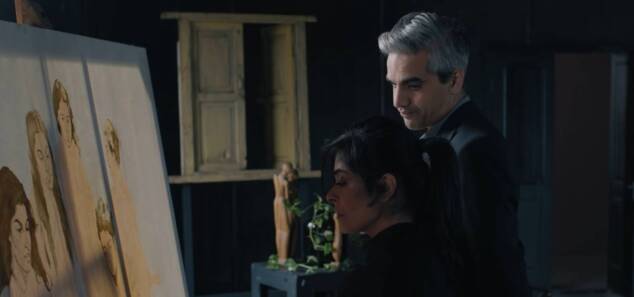


“When they started on the idea of a film, they would think sound, they would think music, they would think of the soundtrack, and they kept the lyricist [with them], and they would write lyrics. The most beautiful format of any word — I think the highest epitome of its version — is its poetry. It’s onomatopoeic, it rhymes, it has visuals — and when you create lyrics, that leads into the story,” Omair continued.
He further added, “Classic stories take birth, the plots would take crucial twists or characters would be created from sounds or the music that was made earlier — and this is how Sarmad started work on Kamli. He was working on another project when he was thinking of music for this,”
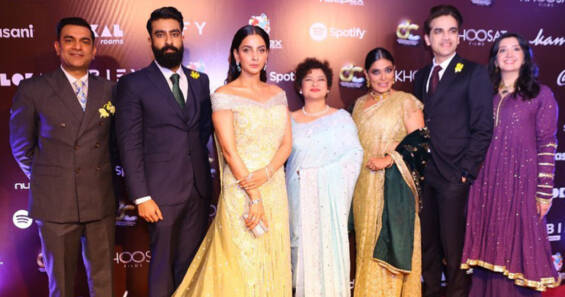


Omair sees the film as an interaction of two worlds. He said, “At one end is the predominant world where Saba and Sania live, and then there are these tiny island-worlds represented by Nimra and me.”
“By the time they reach post-curtain, we realize that they’ve reached a particular form of conclusion,” Omair says. “One of them might be considering that she’s come to peace with it, one of them is hiding conflict and another is struggling with conflict.”



He then talked about his character, “My character is a worldly western with Oxbridge kind of exposure who is back in his land. He is unsure of where he belongs, or what he wants. But he’s pretty comfortable and cozy, yet lacking fulfillment in both his inner self and his relationships.”
The character, he says, is an instrument that leads the plot into the greater conflict.
“However, I’m all ears when Sarmad says he has something for me — and when you have this [story] in the hands of someone like [Sarmad], with a team of the phenomenal women-dominated production crew, you’re in safe hands. You can fall from the highest building and know that they will catch you,”
Another veteran actress Sania Saeed also shared her experience of the Kamli in her previous interview while she was also caught enjoying it at Cannes.
What do you think of the story? Tell us in the comments section below.














